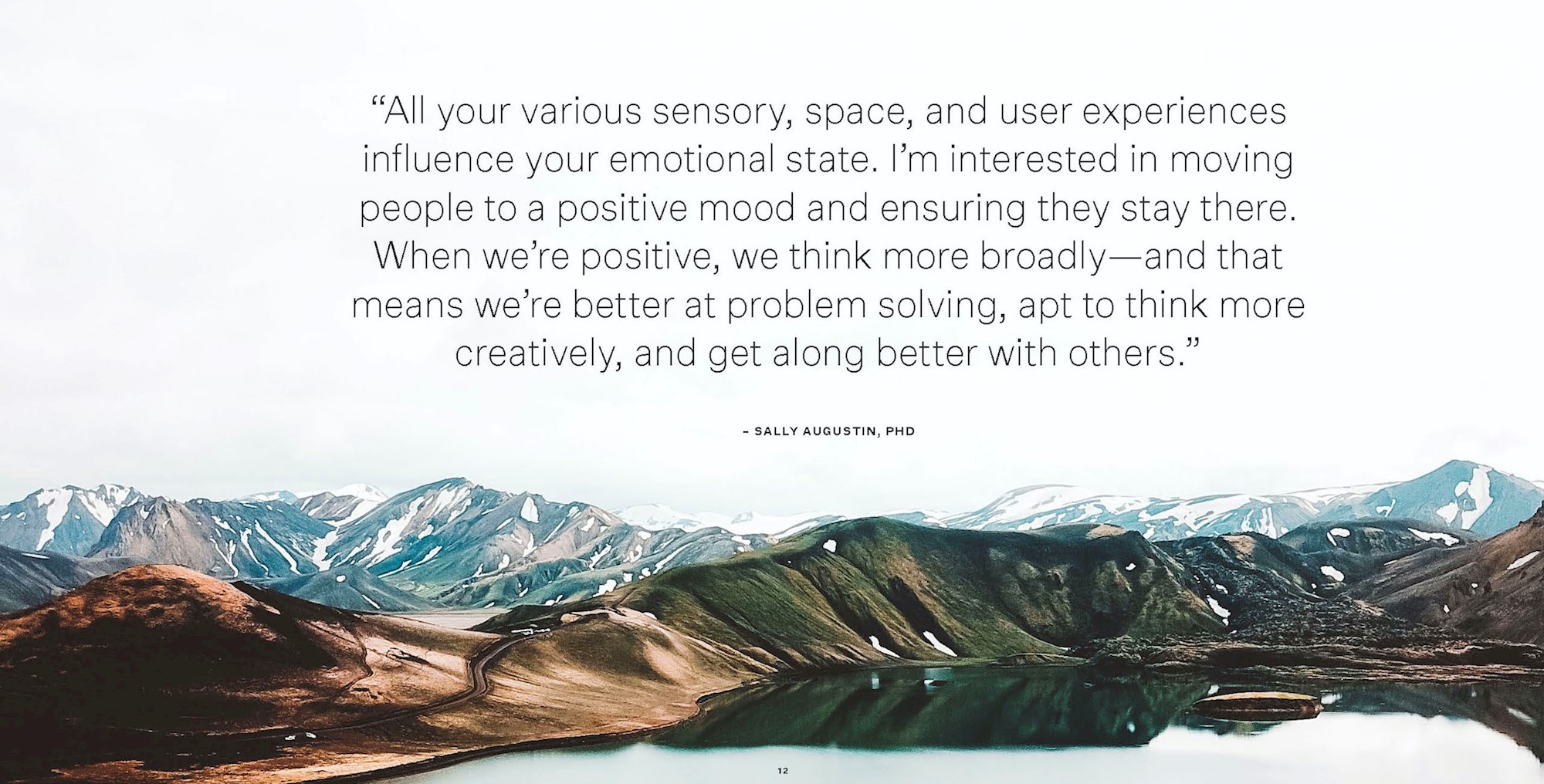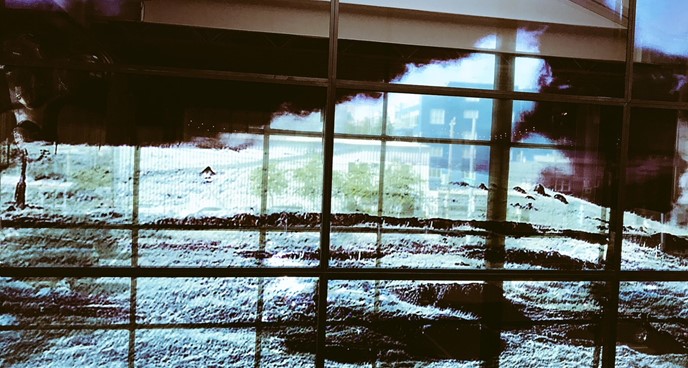As more companies understand the wellness and economic impact of their real estate on employees, architects and designers will transform them.
Everyone understand the expanding market of Biophilia Hypothesis and the need for developing this into modern workplaces.
Environmental psychologists have long suggested that we perceive a strong relationship between the space around our bodies and the passage of time. And a number of studies on human cognition indicate that space-time interactions in human vision are asymmetrical. In other words, spatial cognition (awareness of surroundings) has a larger effect on temporal cognition (awareness of time), than the other way around.
Looking away from our work has a direct correlation to how well our mental and emotional reserves recover from extended period of focus. Thus, the outdoors represent much more than positive distraction. Multisensory access to the outdoors is part and parcel of our ability to effectively marshal and sustain our cognitive resources throughout the day.
The neurobiology of vision reveals how focused vision, which accounts for a mere five percent of our field of view, works in tandem with peripheral vision (95 percent) to map out, monitor and navigate our surroundings. However, all higher cognitive tasks that demand sustained attention over time, particularly over a narrow field of view, require regular visual breaks for us to sustain optimal mental acuity.








